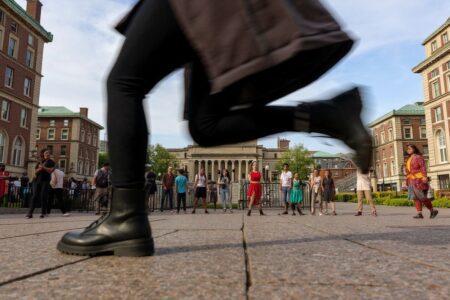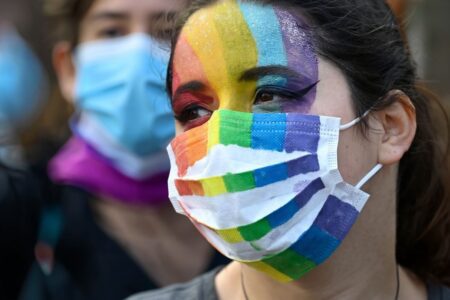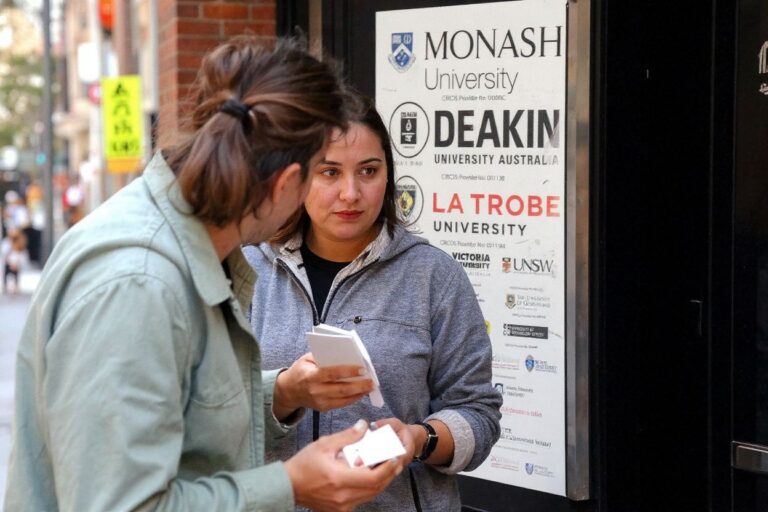
Australia has announced several changes that would affect international students in Australia, as well as soon-to-be students in the Land Down Under, that would take effect from July 2024 onwards.
From increasing the student visa fees in Australia to changes in the national minimum wage, here are key updates every international student should take note of:
International students in Australia: Key updates taking effect in July 2024
Student visa fees in Australia have increased to a record-high
Previously, international students hoping to study in Australia were expected to pay a non-refundable 710 Australian dollars (US$477) to have their student visa processed. Now, the fees have more than doubled, coming up to 1,600 AUD (US$1,056) effective July 1, 2024.
This follows the Australian government’s plan to curb net migration, which rose to a record 528,000 people in 2022-23 after COVID-19 restrictions were removed.
The increase in fees means that Australia has the most expensive student visa fees, beating out other popular study abroad destinations like the UK (US$628), the US (US$510), and Canada (US$109).
Aside from increasing the student visa fees, the Australian government has also raised the financial capacity requirement for international students seeking a student visa.
Effective May 10, 2024, applicants were required to show proof of savings of at least 29,710 AUD (US$19,641), up from 24,505 AUD (US$16,200) in October 2023.
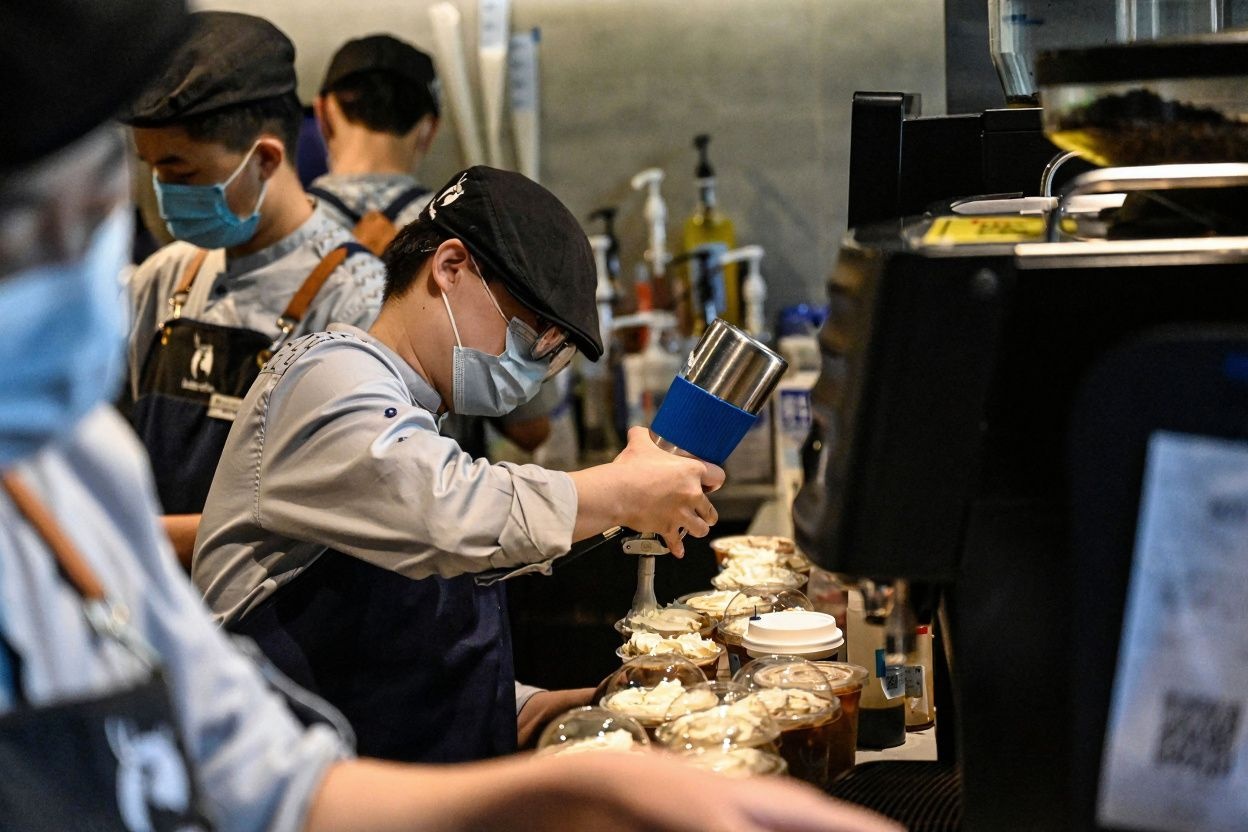 There’s no better time than now to pick up a part-time job, especially with the wage increases.
There’s no better time than now to pick up a part-time job, especially with the wage increases.
Minimum wage increases
While the increase in student visa fees in Australia is acting as a deterrent for many international students, there is good news for those who are still aiming for a spot in the Land Down Under: the government has hiked its minimum wage.
From July 1, 2024, Australia’s National Minimum Wage has increased by 3.75% from 23.23 AUD per hour to 24.10 AUD per hour (before tax). The weekly minimum amount for full-time workers has increased from 882.80 AUD to 915.90 AUD (US$583.61 to US$605.50).
Student visa holders can work no more than 48 hours a fortnight while studying, though they have no work restrictions when their course of study or training is not in session.
Those who have started studying for a master’s degree by research or doctoral degree can work more than 48 hours a fortnight while in Australia.
 Not all degrees are equal, especially if you’re hoping to secure a job in a country abroad after graduating; healthcare is always a good choice, no matter where you are.
Not all degrees are equal, especially if you’re hoping to secure a job in a country abroad after graduating; healthcare is always a good choice, no matter where you are.
Changes to the Temporary Graduate visa
The former Temporary Graduate visa (Subclass 485), which allowed was a temporary visa allowing international students to live, study, and work in Australia after you have finished their studies, has been revamped. It now has two streams:
- Post-Vocational Education Work stream, formerly the Graduate Work stream. This is for international students who have recently graduated with Australian qualifications that are relevant to specific occupations Australia needs, allowing you to stay up to 18 months in the country.
- Post-Higher Education Work stream, formerly the Post-Study Work stream. This is for international students who have recently graduated with a degree from an Australian institution, allowing you to stay in the country for two to three years, depending on your qualifications.
Both streams had had their age limits reduced from 50 to 35.
However, it remains at 50 for those who have completed a master’s degree by research or doctoral degree or Australian study requirements or hold a Hong Kong or British National Overseas passport.
For more information, visit the official site of the Australian government here.
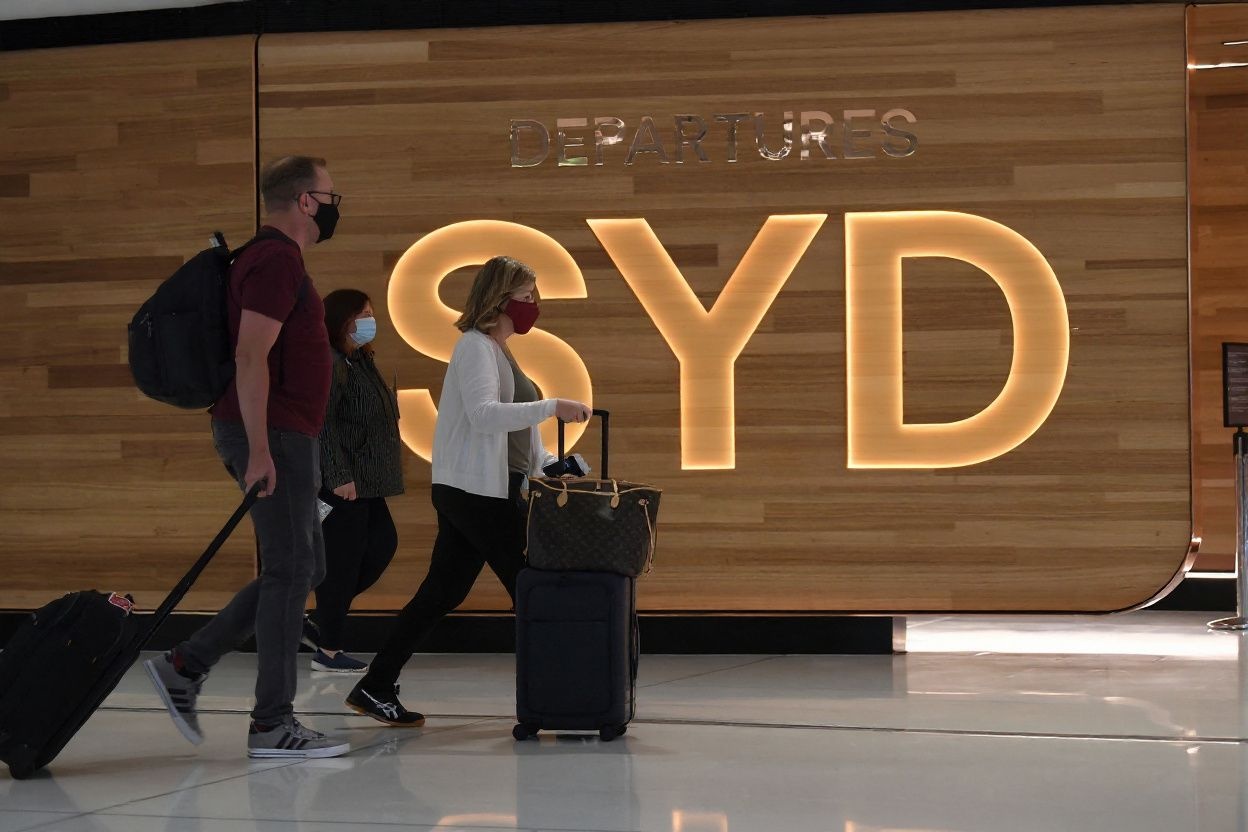 Sometimes, a change of programme or environment is necessary to pursue what suits you best.
Sometimes, a change of programme or environment is necessary to pursue what suits you best.
Flexibility for programme or university changes
Back in July 1, 2022, students were not allowed to programme courses while enrolled in an Australian university unless you have obtained approval from the immigration minister.
The latest updates are a little more flexible.
Namely, international students in Australia on a Student visa (subclass 500) can change programmes if you feel your current studies are no longer the best option for you. However, there are some things to take into consideration.
- Changing to another programme at the same university
You can apply for this at any time. However, if your new course is a lower-level qualification (for example, from a bachelor’s degree to a Diploma), you’ll need to apply for a new student visa. - Changing your university after less than six months in your initial programme
Your current university will only consider your transfer in situations like a serious illness or the loss of a family member, for example. You must contact and receive the approval of your current education provider before enrolling at another university. - Changing your university after six months in your initial programme
Inform your university, and they will inform Australia’s Department of Home Affairs. You will only need a new student visa if you’re changing your primary course of study to a lower-level programme (for example, from a bachelor’s degree to a Diploma).|It is important to check the Department of Home Affairs website as conditions can vary depending on your visa subclass and circumstances.Learn more here.
Disclaimer: This article was last updated on August 15, 2024.








